
502 Motorworks 550 Spyder replica
Story and photos Juan Lopez-Bonilla
Those who grew up in the 1950s and ‘60s with a deep interest in anything automotive no doubt appreciate legendary cars from that era, such as the Porsche 550 Spyder. It has such a beautiful, captivating shape that can make an indelible mark on an impressionable young mind. Further ingraining it into our collective memory was the untimely death of actor/racer James Dean at the wheel in one of these Spyders, forever recalled for its “Little Bastard” insignia.
The 550-type cars were to become the “Grand Daddys” of Porsche racing. And by virtue of being produced in such low numbers — approximately just 100 between 1953 and 1956 — they are both highly desirable and extremely expensive for collectors as a piece of racing history.
Fast-forward to today, and the beloved 550 Spyder lives on in replica form. A group of guys at one company in particular is especially passionate about recreating truly vintage automotive machinery: 502 Motorworks. This firm’s all-aluminum, handcrafted 550 Spyder is for the fortunate few collectors able to afford one of these exacting reproductions of an iconic racing machine.
Wade Lewis, one of the owners of 502 Motorworks, shared the nuances of this reincarnation, not only in terms of style and looks, but also its function and performance, just like in the good ol’ days. For instance, the 550 was designated as such by the fact that Porsche named its cars as design studies, thus “Design Study 550.”
Also, early 550s ran an engine derived from Volkswagen, but later they became Porsche engines. And of the many versions of the 550 created in the 1950s, the 1955 model was the first to use the label Spyder as emblems in the fenders.
Space doesn’t permit covering the racing history of the 550 in detail, but suffice it to say it was appropriately dubbed a giant killer, for besting bigger and more powerful competitors. Familiar with its prowess on the track, Wade lusted after the 550 back in his youth, but today runs a company devoted to crafting these beauties in the purest vintage form.
When Wade decided to start recreating the 550 Spyder, he set a goal for himself to build a Spyder that not only looked like one, but would also function truly like an original. Another goal was performance that would take you back in time with none of the modern improvements you find in other 550s being replicated out there today. An authentic, elemental racing feel was essential.
The 550 Spyder shown here is one that Wade decided early on to make as a “tribute car”; that is, patterned after one of the 1955 factory-backed race cars, and inspired by the chassis that was dominant in races at LeMans and driven by famous drivers such as Stirling Moss, Hans Herrmann, Helmut Polensky and Richard von Frankenberg. Successful they were at winning LeMans in the 1500 cc and Below class, along with Goodwood, Nurburgring, and Targa Florio, to name just a few.
Part of what made these cars so successful in racing was the power-to-weight ratio, as they weighed in at a mere 1,250 pounds. Not to mention the well-engineered suspension and reliability of the engines, along with the added benefit of less driver fatigue. Not much human muscle was needed in a 24-hour race in a car this light.
Wade began the process of creating a build plan that consisted of first purchasing authentic blueprints for the chassis (of car #050-060), plus a dimensionally correct original aluminum body and tubular chassis. Wade’s interest, and that of his company, is not merely creating a single vehicle, but multiples. So they sent all the pieces of the car to 502’s partner company in the U.K., where they would in turn be digitally scanned and CAD documented for consistent replication and for ease of inventory as demand requires. The bodies of these 550s are hand formed by master panel craftsmen in England to exacting specifications, as per the scanned original body.
The same digital scanning was done on all the smaller pieces of the car as well for fabrication purposes, including the suspension, and parts such as the shifter linkage, jacks and jack points. By the way, those jack points are fully functional and not just for looks. Even the wiring harness matches original specs with its silver covering of wires. This particular car is headed to its new owner in France, who plans to race it in Europe and the U.S. Vintage Racing Circuit, including LeMans Classic and Daytona Historics.
What is the reason for 502’s almost fanatical attention to detail? FIA approval for classic vintage racing. That was the ultimate goal with this car, which was achieved.
In keeping with this validation, the 550 Spyder featured here is painted in period-correct silver, the same as the original factory-backed race cars in 1955. Only a handful of colors were used back then: silver, ivory white, red Belgian team yellow, French team blue, and 502 will only apply one of those hues.
Wade will build only period-correct 550s, using an all aluminum body that’s only 1 mm thick. The chassis uses precise measurements from the pre-550-070 cars with a low frame design for ease of getting in and out of the car. The suspension consists of a torsion bar front with an anti-sway bar, and torsion bar rear, and has Koni Classic shocks on all four corners. The 40 mm drum brakes, as found on the early production cars, have the proper vented backing plates per the original design and uses all Porsche components. The car also has the FIA-compliant seat slide for the driver’s seat, in barber-pole red vinyl.
The engine in this particular 550 is a 1955 Porsche 1600 Super, but de-bored to a correct 1500 cc. Dual Webers are standard, but for FIA homologation it’s equipped with dual Solex, sand-cast short carbs. It has a 9.5-1 compression ratio, a Solex camshaft and modified aluminum heads. A dry-sump oil tank and front oil cooler are installed for the four-cam engine option. It has an original 519 transaxle, 7.31 ring and pinion, 200 mm aluminum clutch pressure plate.
This engine setup nets 100 hp, which might not seem all that significant at first, but recall that the car weighs in at just 1,250 pounds. Thus equipped, when racing the straights at LeMans, it could hit 140 mph — pretty impressive.
For those who want one of these beautiful vintage recreations, best prepare yourself for what it will take to own one. Wade and his company will build it for you, but it takes patience and a desire to have one, between 12 and 18 months to complete for the sum of $275,000. Partially completed vehicles are available starting at $100,000.
Looking back on the original 550, its venom was pure poison for many higher horsepower cars not even in its class. Which makes an exacting reproduction like 502’s all the more endearing. It’s a Spyder bite that you can’t help but love.

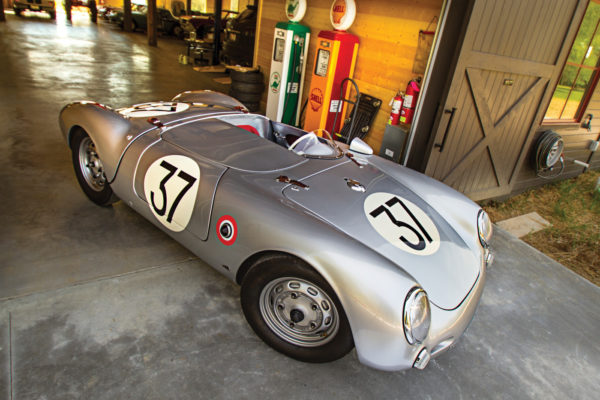
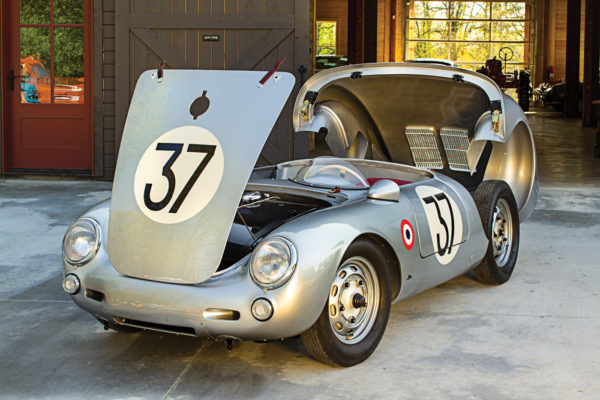
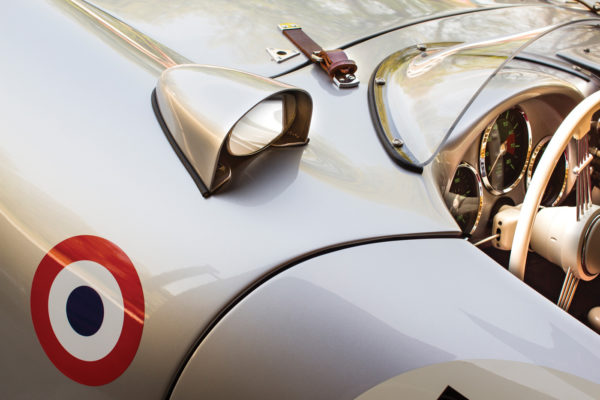
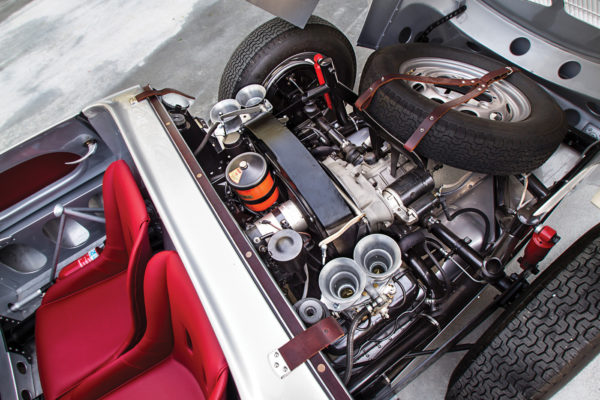
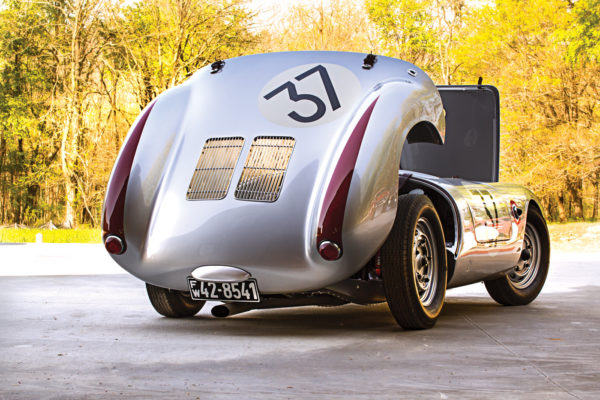
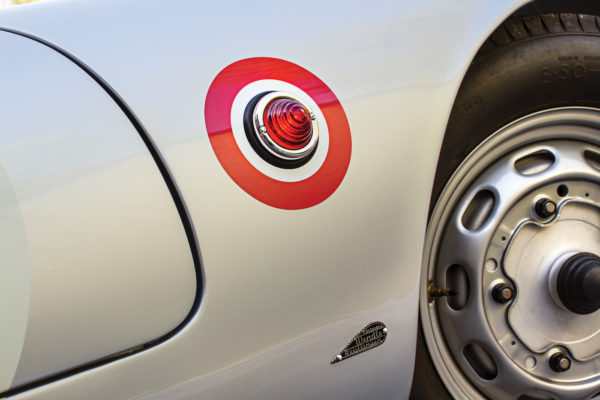
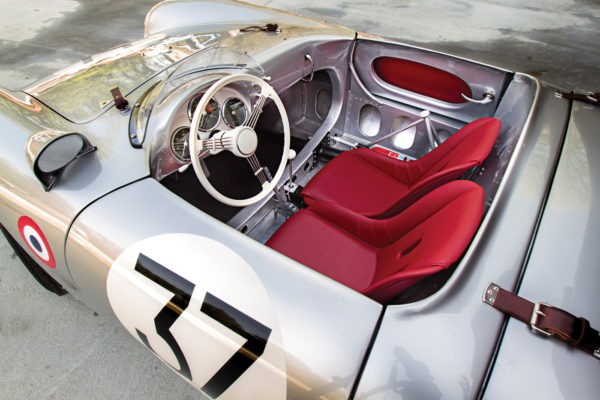
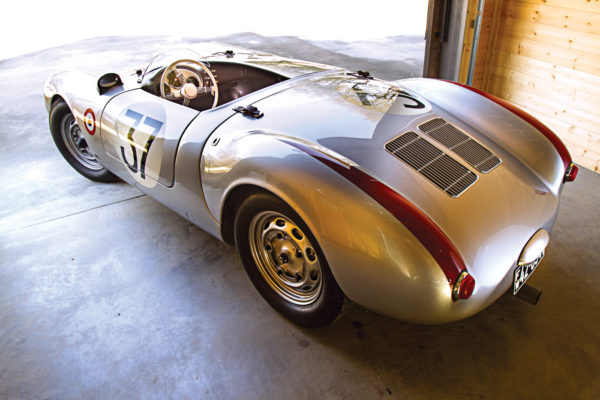
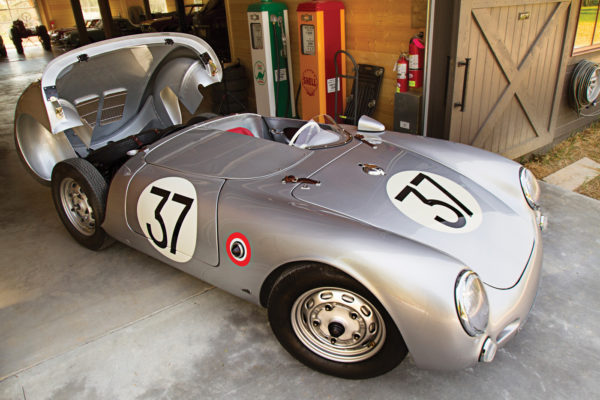
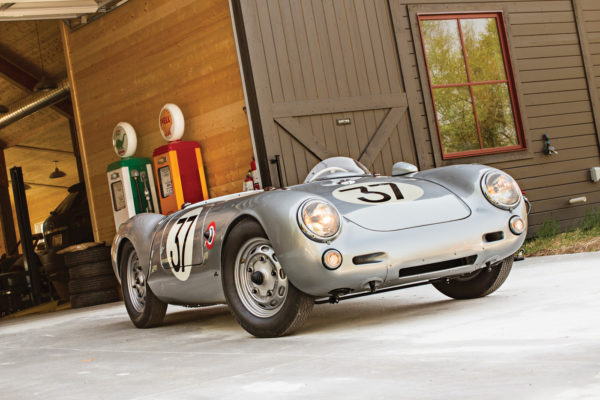
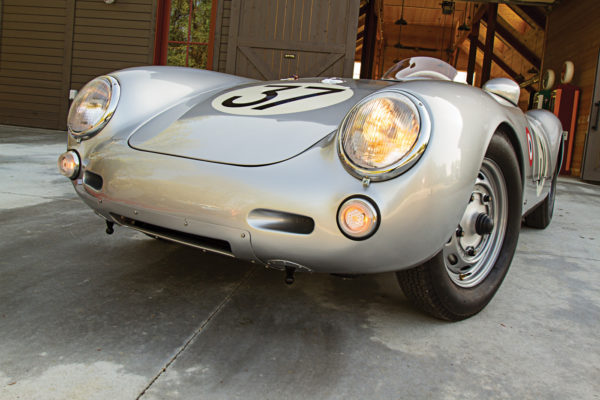
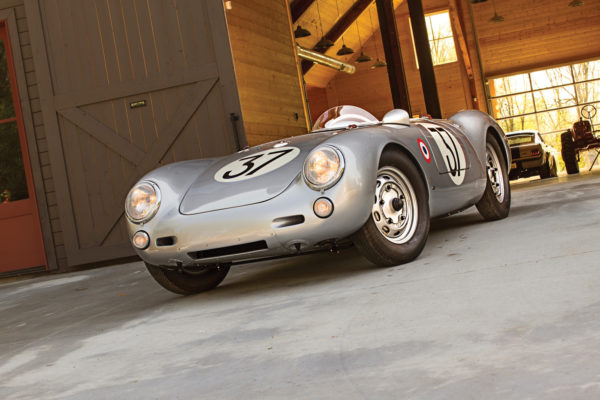
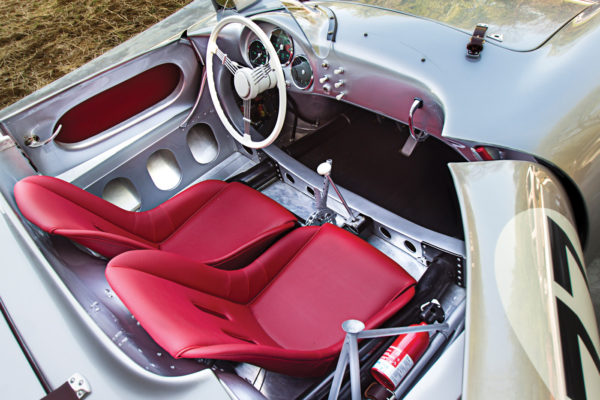
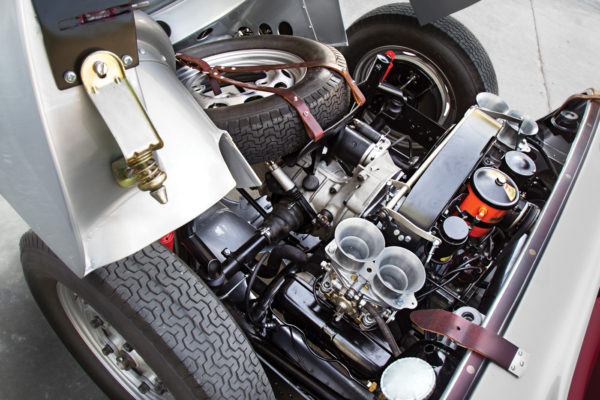
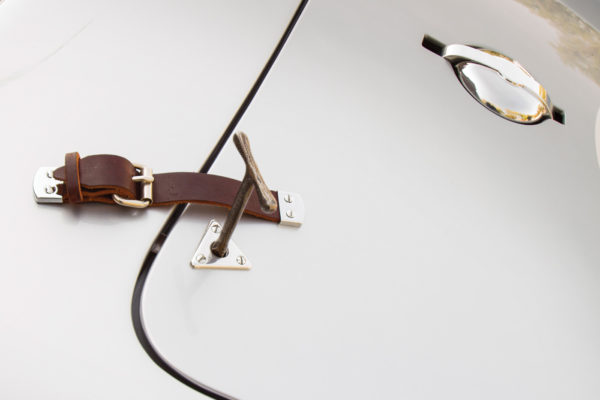
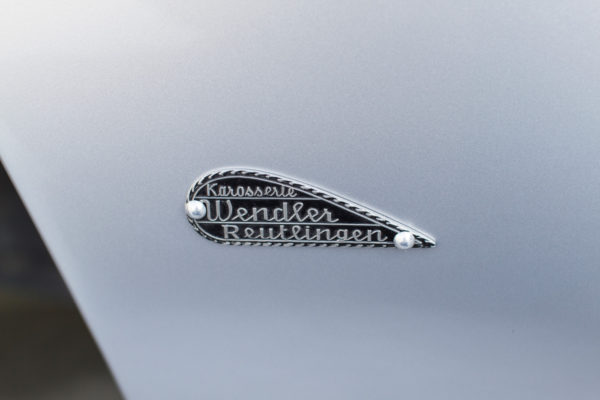
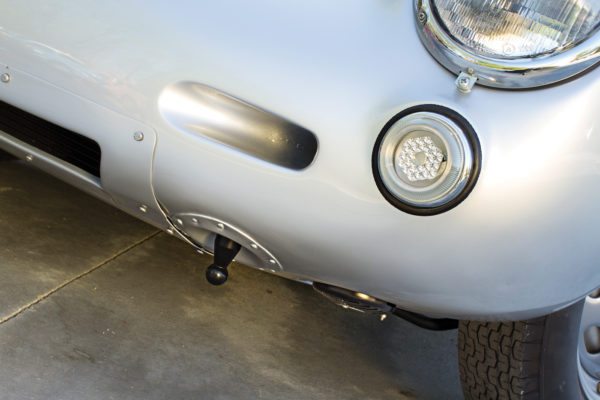
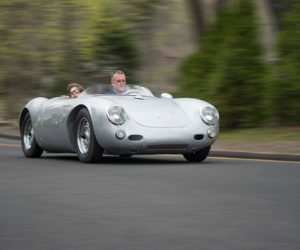
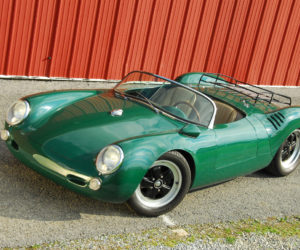
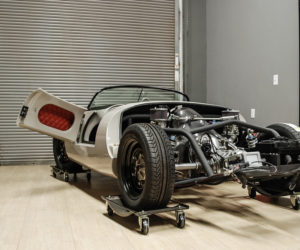
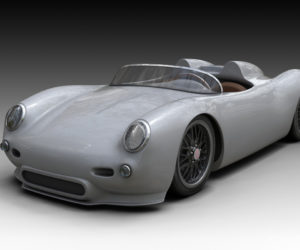
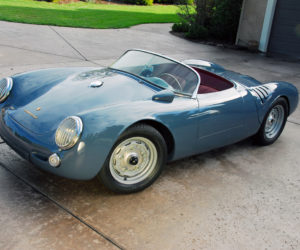




Comments for: Arachnophilia
comments powered by Disqus